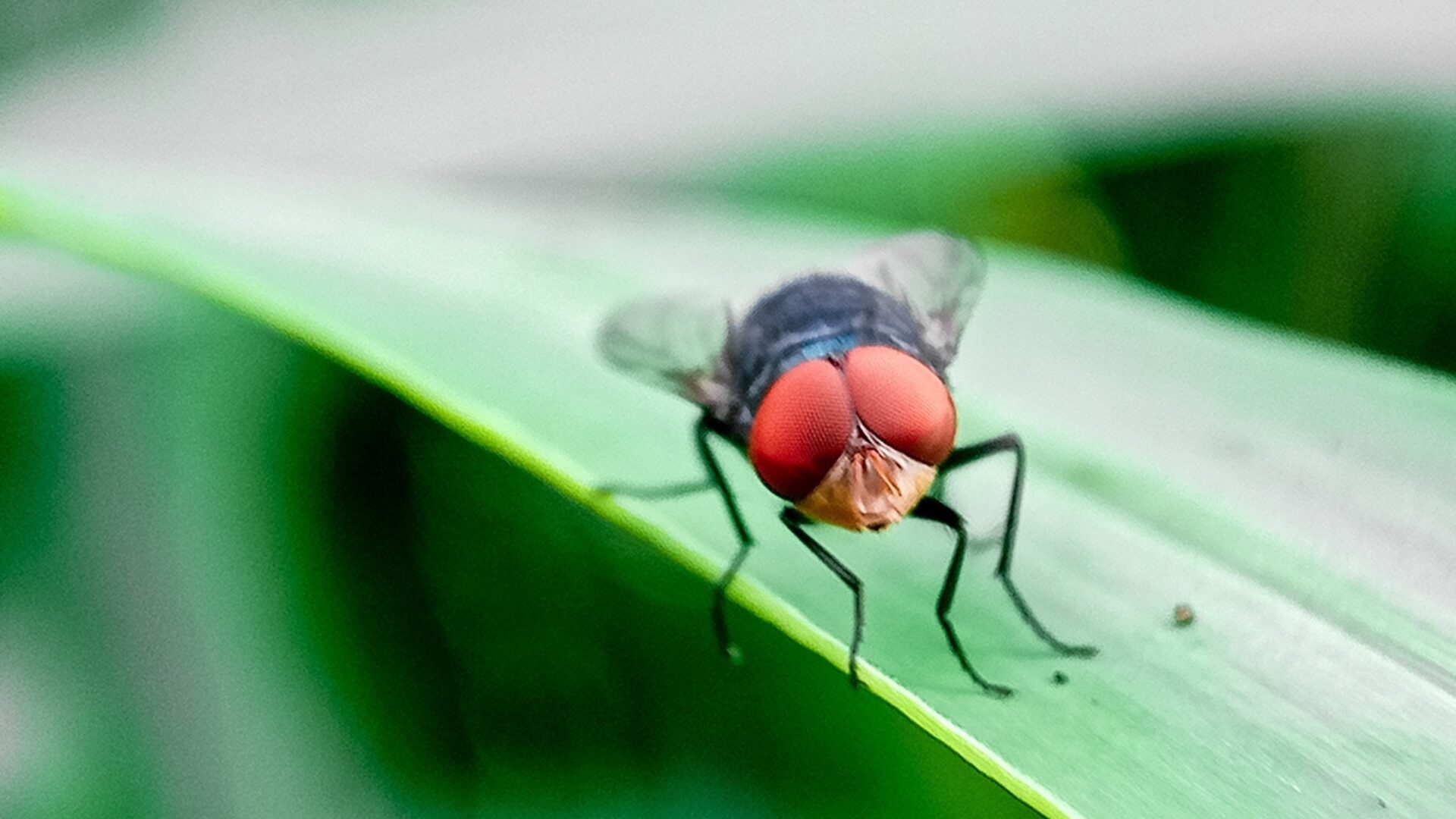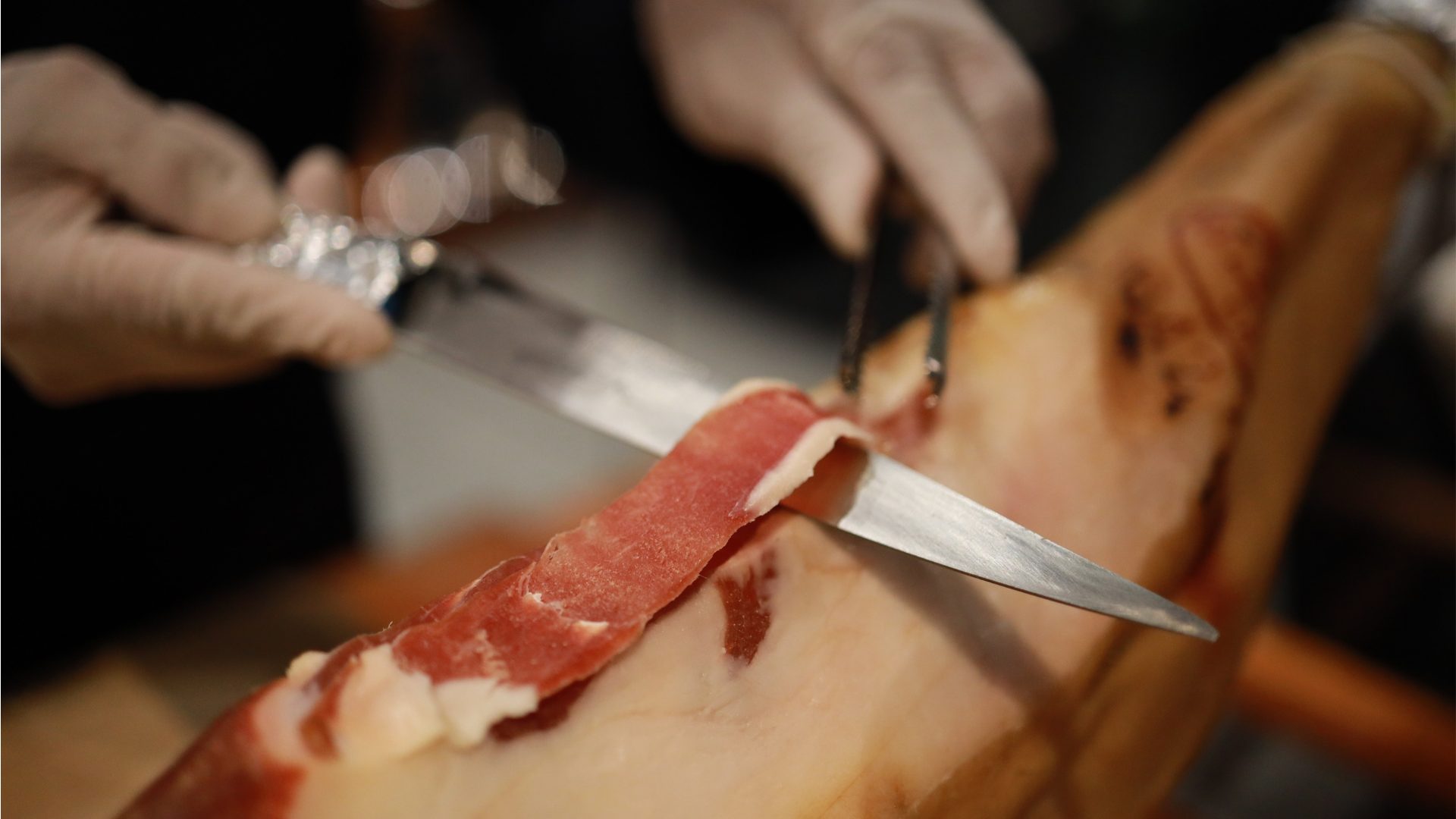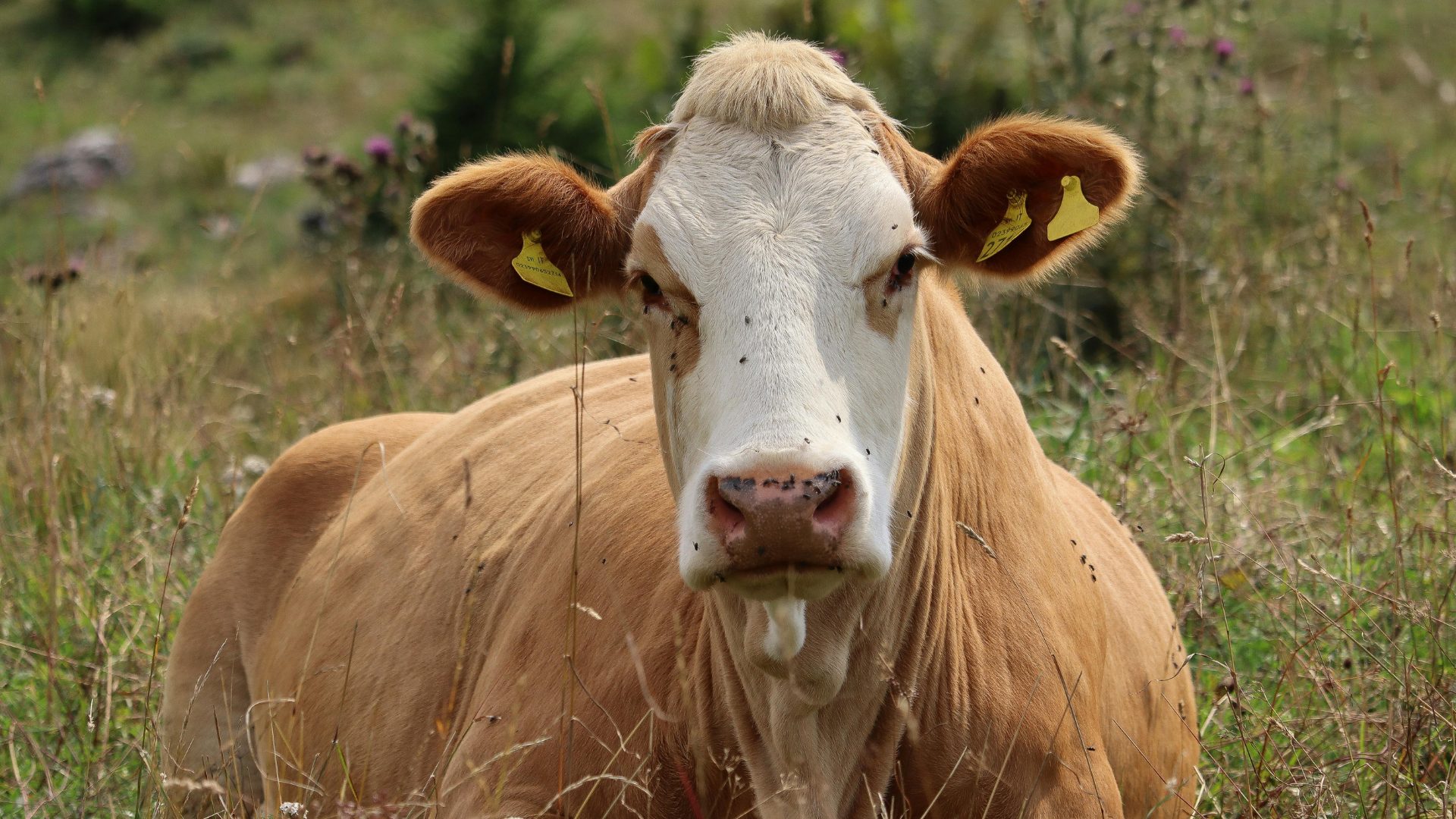It could be a threat straight out of science fiction. Remember the scene in “Star Trek II” where an insect crawls into Chekov’s ear and affects his brain? Well, there’s a parasite that screws itself into the living tissue of animals and causes extensive damage before it metamorphoses into a fly: the New World screwworm.
The U.S. Agriculture Department’s Animal and Plant Health Inspection Service warns screwworm maggots can be deadly, damaging the flesh of livestock, pets, wildlife, occasionally birds and, in rare cases, people.
“I’m now very nervous,” Dr. Burke Healey, a veterinarian and senior leader for policy and operations for APHIS, told a Texas panel discussion last month, according to Bloomberg. “Almost to the point of being scared.”
What is sometimes referred to as a “flying piranha” was eradicated in the U.S. in 1966 following a decades-long rampage that cost ranchers hundreds of millions of dollars. “Cochliomyia hominivorax” larvae can kill a full-grown steer in less than two weeks as they burrow into the flesh.
“The larvae eat around and down until there is a hole inside the animal the size of your fist,” Rick Tate, a Marfa, Texas, rancher, told Bloomberg. And once they are full-grown, the cycle begins anew.
The New World screwworm is endemic to Cuba, Haiti, the Dominican Republic, and countries in South America, but is expanding north.
Some 950 cases have been reported this year in Mexico.
To eliminate the pest last century, officials set up a barrier zone in eastern Panama, releasing sterile males produced at a Texas plant, which stopped production in the 1980s, to create a biological barrier. It’s estimated the program saved beef producers $1 billion per year between 1966 and 1974. In 2025 dollars, that’s $6.5 billion a year, the Oklahoma State Department of Agriculture calculated.
In Texas, the white-tailed deer population, which had been decimated, bounced back 600%, the Texas Parks and Wildlife Department said.
In the early 2000s, a sterile male screwworm plant was established in Panama, mostly funded by the Panama-United States Commission for the Eradication and Prevention of Screwworm. It produces as many as 100 million sterile males a week.
Washington’s increasing bent toward isolationism has USDA evaluating restarting U.S. production of sterile males, a project that is projected to cost more than $350 million.
The most recent U.S. outbreak was in 2016 in deer in the Florida Keys. USDA deals with such isolated outbreaks by dropping hundreds of millions of sterile flies over a wide area.
Adult screwworms are about the size of a common housefly. They have sharp hooks that tear into the flesh of hosts.
The wound becomes deeper and larger as the maggots tear through tissue, and affected animals often smell of decay. The larvae become visible on the third day and infested animals will put their heads down.
APHIS released $165 million in emergency funding in December after an infected cow was discovered in southern Mexico.
“If [the New World screwworm] were to spread to the United States, it would result in significant economic losses and threats to animal health and welfare,” said Jenny Lester Moffitt, USDA undersecretary for marketing and regulatory programs.
Dr. Fred Gingrich, executive director of the American Association of Bovine Practitioners, said it is essential that nations cooperate to contain the parasite.
“This disease can be devastating to cattle, as well as other species, and continued monitoring, treatment and prevention is important,” Gingrich said in a post by the American Veterinary Medical Association.
The Food Institute Podcast
It’s tariff time, and companies the world over are working to better understand how their operations will be impacted. Jodi Ader from RSM US LLP joined The Food Institute Podcast to discuss which products and inputs are currently subject to tariffs, and how to best mitigate supply chain risks.












